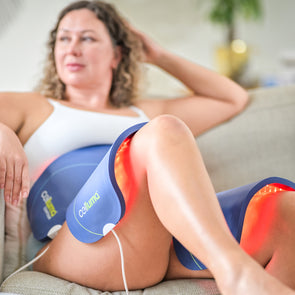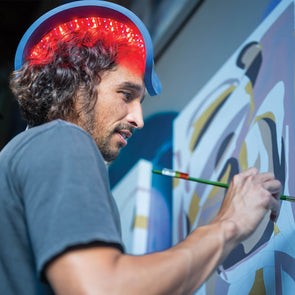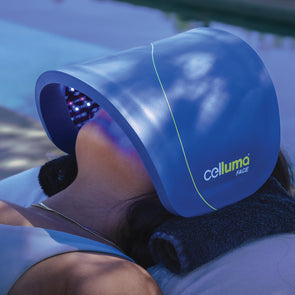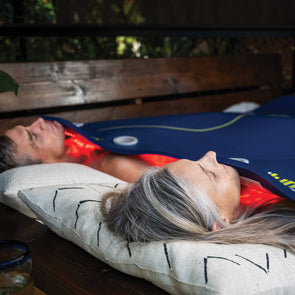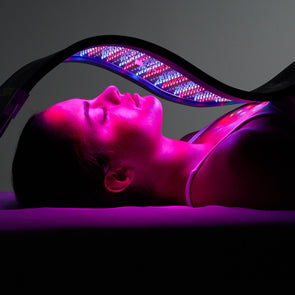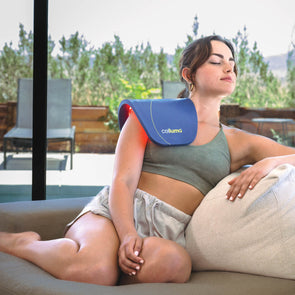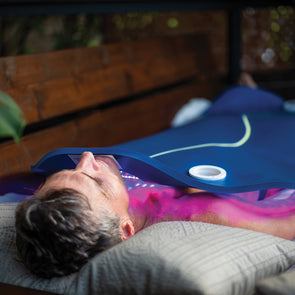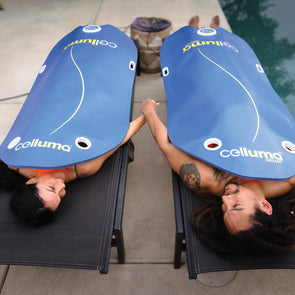Red Light, Blue Light Part 2

sing the correct LED wavelength to improve the skin, Part 2
This article originally appeared in the February 2020 issue of Dermascope Magazine.
In Part 1 of this blog, we discussed the benefits of the various wavelengths. Here, in Part 2, we’re going to be talking about assessment, diagnosis, and planning.
The key to the successful management of any dermatologic skin concern relies on the accurate and detailed assessment of the skin, correct diagnosis, and an appropriate management plan. Most clients will present in clinic with a skin concern of some degree and experienced professionals need to be mindful that most clients self-assess and diagnose and will present with preconceived ideas as to their skin disorder.
This is based on a lack of understanding and the array of conflicting information available on the Internet and social media. Many will have been down the pathway of disastrous purchases on the Internet and buying into the latest wonder cream or treatment that promises a cure to their problems but fails to deliver on outcome and results.
While access to diagnostic equipment helps and supports the professional, a detailed understanding of the skin, as well as the intrinsic and extrinsic factors that attribute to the disorder, is the most valuable tool. Appropriate and closed questioning as to lifestyle, medical and medication history, diet, and social habits will lead the professional to the accurate diagnosis. It is worth exploring family history with regard to genetic influences, particularly those inflammatory conditions such as acne, rosacea, and psoriasis.
Visual assessment is vital as this gives clear markers as to lifestyle and social habits. Visually assessing the Fitzpatrick skin type, degree of photo-aging, and quality and integrity of the skin are key indicators. Exploring their skin care routine will highlight whether they are likely to be compliant or not to any skin care regimen recommended to support treatments.
Many will have treated their skin with over-the-counter products that may have been inappropriate in managing and improving their skin condition and appearance.
One skin disorder that is easily misdiagnosed by the clients is pustular rosacea. This condition mimics acne in appearance with pustules, redness, and sensitivity. Using aggressive over-the-counter products that target acne-prone skin may have exacerbated the condition, leading to a more chronically inflammatory, dehydrated, and reactive skin.
Assessment of the texture and integrity of the barrier are key indicators of dry, sensitive, aggravated skin due to transepidermal water loss leading to an increase in sensitivity and inflammatory reactions at the cellular level. This creates a cascade of free radical activity, reactive oxidative stress, and an increase in MMP-1 that negatively impacts on cellular homeostasis and degradation of the extracellular matrix.



